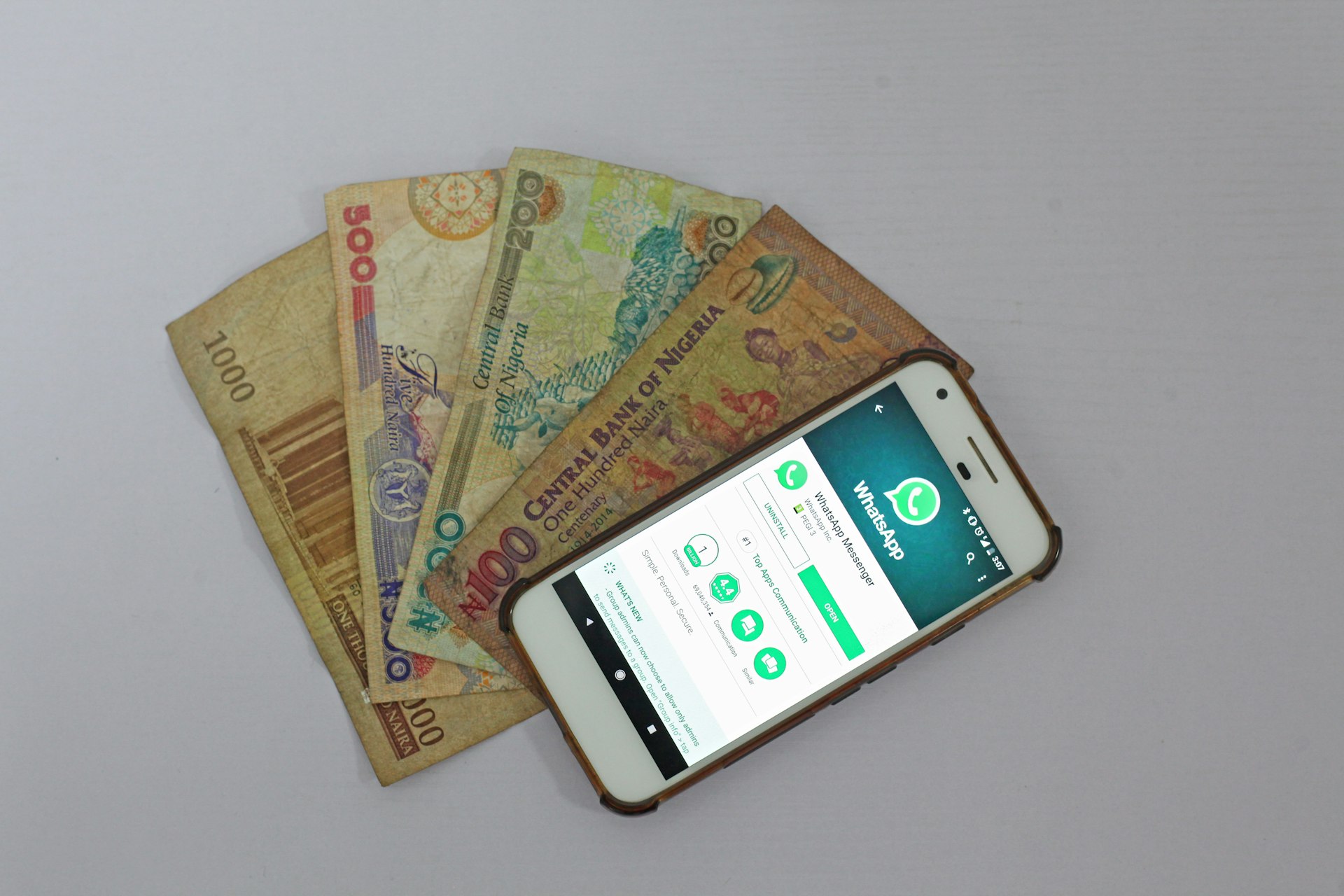How Fintech Is Transforming Financial Inclusion: Pathways, Solutions, and Opportunities

Photo by Vardan Papikyan on Unsplash
Introduction: The Evolution of Financial Inclusion Through Fintech
For decades, millions around the world have faced barriers to basic financial services, impeding their ability to save, invest, and build a stable financial future. The emergence of financial technology (fintech) has fundamentally changed this landscape. Fintech leverages digital innovation to make financial services more accessible, affordable, and relevant to people traditionally excluded from the formal financial system. This article explores the multifaceted role of fintech in driving financial inclusion , provides practical guidance for accessing new services, and highlights real-world examples and pathways for participation.
The Challenge: Barriers to Traditional Financial Access
Traditional banks have required in-person visits, established credit histories, and minimum account balances, creating high entry barriers for low-income, rural, and marginalized populations. These challenges include:
- Limited access to physical bank branches, especially in rural or remote areas
- Stringent documentation and credit requirements
- High transaction fees and minimum balance requirements
- Lack of tailored products for specific needs, such as micro-business lending or migrant remittances
As a result, significant populations remain
unbanked
or
underbanked
, limiting their ability to save safely, access credit, or participate in the modern economy
[3]
.
How Fintech Expands Inclusive Financial Access
Fintech solutions utilize web platforms, mobile apps, and cloud services to address these barriers. Their core contributions to financial inclusion include:
1. Digital Banking and Mobile Accessibility
Mobile banking apps and digital wallets allow users to open accounts, make payments, and transfer money without visiting a bank. For example, in regions with limited banking infrastructure, mobile money platforms have enabled millions to participate in the financial system using only a basic phone. According to recent research, digital platforms are now the main way many underserved groups manage their finances, with usage rates often outpacing traditional banking [1] .
How to Access: You can typically download fintech apps directly from your smartphone’s app store. To get started, search for well-known providers using keywords like “digital bank” or “mobile wallet,” and follow the registration prompts. If you lack a smartphone, look for mobile money services that operate via SMS or USSD codes, which are available through many telecom providers in developing regions.
2. Alternative Credit Scoring and Lending
Fintech companies are pioneering new ways to assess creditworthiness, using data such as mobile phone usage, rent payments, or even utility bills-rather than traditional credit scores. This innovation opens up access to loans for those without formal credit histories. Products like Experian Boost in the U.S. and Destácame in Latin America are examples, helping users build credit by reporting alternative payment data [2] .
How to Access: If you lack a conventional credit history but have consistent payment records (such as rent or phone bills), you may be eligible for alternative credit assessment. To explore options, search for “alternative credit fintech” or visit the official websites of leading providers like Experian Boost. You may need to consent to share your data for these services to evaluate your eligibility.
3. Cost Reduction and Affordable Financial Products
One of fintech’s most significant impacts is the reduction of costs associated with banking. Digital-only banks and payment solutions often eliminate or substantially reduce fees, making basic services more affordable for low-income users. Automated investment platforms and simplified payment systems further lower the cost and complexity of financial management [4] .

Photo by Amol Tyagi on Unsplash
How to Access: Review the fee schedules of fintech service providers before signing up. Digital banking apps typically disclose their fees during the registration process. For affordable investment options, explore robo-advisors and micro-investment platforms-search using terms like “low-fee investment app.”
4. Empowerment Through Financial Education and Transparency
Fintech platforms are increasingly integrating financial literacy tools, budgeting features, and credit score monitoring directly into their apps. This encourages users to manage their money more effectively and develop long-term financial health. For example, some apps provide alerts for bill payments, spending analysis, and personalized education to help users make informed decisions [1] .
How to Access: When selecting a fintech app, look for features such as budgeting tools, educational resources, and credit monitoring. Many apps provide these services at no additional cost. You can find such apps by searching for “personal finance management app” or “credit monitoring fintech.”
Real-World Examples: Fintech in Action
Several fintech companies and initiatives have demonstrated practical success in advancing financial inclusion:
- M-Pesa in Kenya: A mobile money service that enables users to deposit, withdraw, and transfer money via mobile phones, transforming financial access for millions in East Africa.
- Albo in Mexico: Provides an integrated platform for financial management, including budgeting and financial education, making banking accessible to those previously excluded [5] .
- Paycards : Digital payroll cards that allow unbanked workers to receive wages securely and access funds without a traditional bank account [3] .
These examples illustrate the tangible impact fintech has on bridging gaps in financial access globally.
Practical Steps to Access Fintech Solutions
To leverage fintech for your own financial inclusion, consider the following steps:
- Identify Your Financial Needs: Are you seeking a safe place to save, affordable credit, or tools to manage spending?
- Research Providers: Search for fintech companies in your region or sector. Use search terms such as “mobile banking app,” “alternative credit fintech,” or “paycard provider.” Read reviews and ensure the provider is regulated in your country.
- Understand Documentation Requirements: Many fintechs require only basic identification to open an account, but requirements may vary. Prepare necessary documents, such as a government-issued ID.
- Compare Fees and Features: Examine fee structures and available services. Look for no-fee or low-fee options, especially if you have a limited budget.
- Register and Set Up: Follow the provider’s on-boarding process, which may include downloading an app, completing online forms, and verifying your identity.
- Seek Support: If you encounter barriers, many fintechs offer customer service via chat, email, or phone. You can also contact local non-profits or financial counseling agencies for guidance on digital finance options.
Potential Challenges and Solutions
Despite the progress, several challenges remain:
- Digital Literacy: Some users may lack experience with smartphones or internet banking. Address this by seeking apps with user-friendly interfaces and built-in tutorials, or by participating in community digital literacy programs.
- Connectivity: Reliable internet or phone service is essential. If unavailable, look for fintech solutions that operate over basic SMS or USSD channels.
- Data Privacy and Security: Always review privacy policies and ensure the provider uses secure encryption. If in doubt, consult official consumer protection agencies for advice on safe fintech practices.
- Regulatory Oversight: Not all fintechs are equally regulated. To reduce risk, check whether the provider is registered with your country’s financial authority or central bank.
Alternative Approaches and Additional Pathways
If fintech apps are not accessible to you, consider alternatives:
- Community banks or credit unions, which sometimes offer simplified digital services
- Non-governmental organizations (NGOs) that provide microfinance or financial literacy education
- Employer-based solutions, such as paycards or workplace savings programs
For official information on consumer protection or regulated providers, visit your country’s central bank website or search for “financial inclusion programs” on government portals.
Key Takeaways
Fintech is reshaping the landscape of financial inclusion by reducing costs, introducing alternative credit models, and providing accessible digital platforms. While significant challenges remain, ongoing innovation and collaboration among fintechs, regulators, and community organizations are expanding the reach of financial services. With a thoughtful approach and careful provider selection, individuals and businesses worldwide can unlock new opportunities for financial empowerment.
References
- [1] Plaid (2023). Financial inclusion: How fintech expands access to all.
- [2] Trio.dev (2024). Driving Financial Inclusion: The Transformative Role of Fintech.
- [3] Fintwist Solutions (2023). Financial Inclusion: How Fintech is Bridging the Gap.
- [4] Boston Fed (2024). Fintech, Financial Inclusion, and The Future of Finance.
- [5] Finnosummit (2024). Balancing Financial Inclusion and Profitability: A Dream within Reach for Fintech.
MORE FROM moneysaversearch.com













